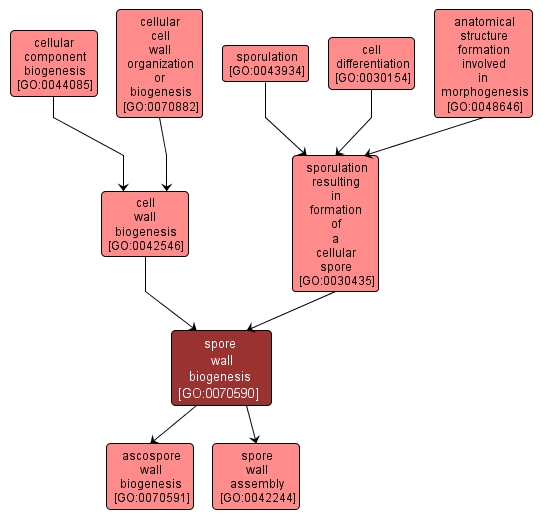GO TERM SUMMARY
|
| Name: |
spore wall biogenesis |
| Acc: |
GO:0070590 |
| Aspect: |
Biological Process |
| Desc: |
The process by which a spore wall is synthesized, aggregates, and bonds together. A spore wall is the specialized cell wall lying outside the cell membrane of a spore. |
|

|
INTERACTIVE GO GRAPH
|














